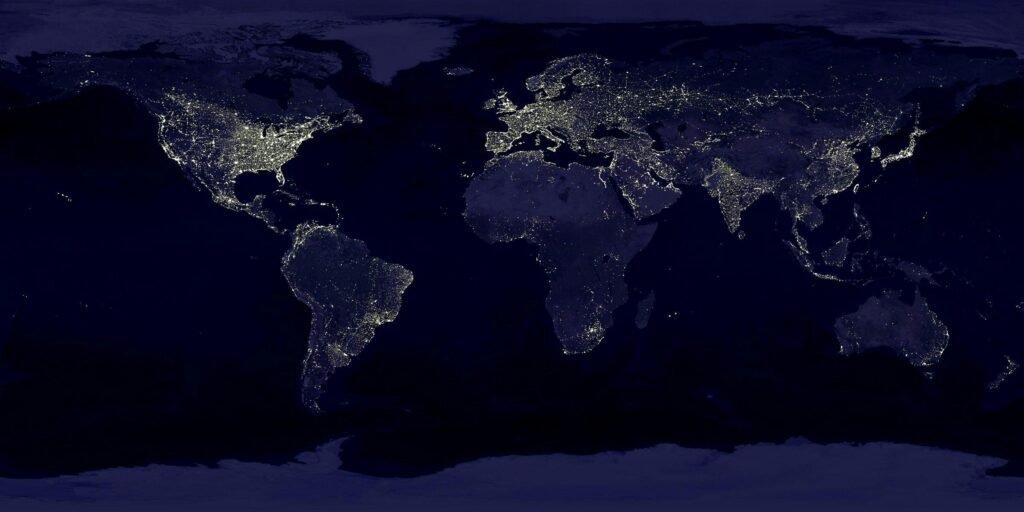
Maps offer an illusion of permanence — lines that define nations, continents, and identities. Yet beneath those lines, the planet never stands still. Mountains rise, rivers shift, islands disappear, and glaciers melt. The Earth, in its quiet persistence, keeps redrawing the map, reminding us that no boundary is truly fixed.
Disappearing Coastlines
Across the Pacific, entire islands have already been claimed by the sea. Rising ocean levels, driven by climate change, are transforming coastlines from Indonesia to the Caribbean. For the people who live there, these are not abstract changes. They are the loss of home, heritage, and belonging. Each centimeter of rising sea level reshapes both geography and human destiny.
Volcanoes: The Creators and Destroyers
Volcanic eruptions illustrate nature’s paradox — destruction and creation occurring in the same breath. When magma meets the ocean, new land is born, as seen in the formation of Hunga Tonga and the Hawaiian archipelago. Each eruption reshapes our planet’s outline, forming new ecosystems even as it erases the old.
Erosion: The Slow Artist
Erosion works with patience rather than force. Wind, rain, and time carve landscapes over millennia, turning mountains into plains and valleys into rivers. What seems eternal is, in truth, always being redrawn. Erosion is nature’s quiet art form — subtle, relentless, and unstoppable.
Melting Ice and Moving Borders
As glaciers retreat in the Arctic and Antarctic, coastlines shift and new passages open. Countries now debate territorial claims in areas once buried under ice. A map drawn today might already be obsolete tomorrow, a reminder that even our most precise measurements cannot contain a living planet.
The Illusion of Fixed Borders
Maps are human attempts to impose order on a restless Earth. We draw lines, name territories, and call them permanent. But nature does not recognize those divisions. It moves according to its own balance, unconcerned with politics or ownership. When the Earth redraws itself, it reminds us that our sense of control is temporary and our understanding of stability fragile.
Reflection
The next time you look at a map, imagine it as something alive — breathing, shifting, and rewriting itself beneath your feet. Because the true cartographer of Earth has never been humanity, but nature itself.
